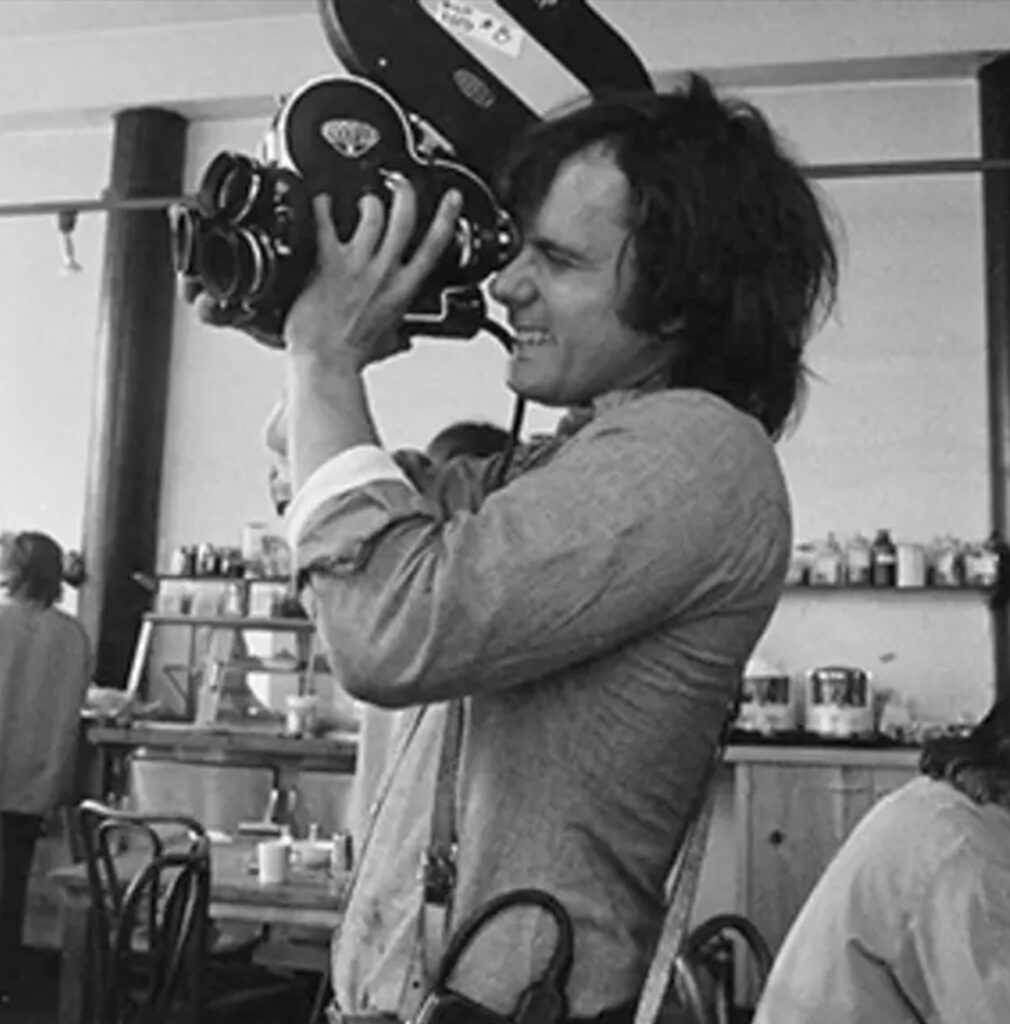
gordon matta-clark
Gordon Roberto Echaurren Matta aka Matta-Clark was born in New York in 1943 and died in New York in 1978. He was the son of the Chilean surrealist painter Roberto Matta and the American Anne Clark, and had a twin brother: John Sebastian Matta (-1976). He studied French literature at the Sorbonne in Paris from 1962 to 1963 and architecture at Cornell University in Ithaca, USA from 1962 to 1968. Due to his radical, socially critical and innovative work, the artist still ranks among the most significant personalities of a New York art scene, which had begun to spread through the suburb of Soho in the late 1960s and early 1970s.
It was around this time that Matta-Clark began a series of works, which were displayed both in the public arena and at alternative galleries such as “98” and “112 Greene Street”.They covered, in an artistic form, subjects such as alchemy, trees, cooking, and recycling. The interaction of the human body with and within nature and similarly, with architecture, is a pivotal point around which his works orbited from the beginning, starting with “Rope Bridge” (1969) through his numerous drawings of trees, arrows and pictograms, his forceful alterations of buildings, his performances and on to his drafts for “Ballongebäude” (1978).
Matta-Clark is known to all artists and architects, especially because of his so-called “Building Cuts” (1972-78) where he sliced through all layers of materials and removed entire chunks of abandoned buildings. The work process itself, the sudden penetration of light, vistas opening up, and the public’s perambulations in the transformed building along with the potential hazards involved, were integral elements of these works. Since none of the works themselves could be preserved, Matta-Clark’s films offer the best access to an appreciation of this group of works. The medium of film was also employed by Matta-Clark in a reflective and analytical manner, e. g., as an instrument of supervision in “Chinatown Voyeur” (1971) or in researching the underground of cities, such as in “Substrait” (1976) and “Sous-sols de Paris” (1977).

gordon matta-clark
Gordon Roberto Echaurren Matta aka Matta-Clark was born in New York in 1943 and died in New York in 1978. He was the son of the Chilean surrealist painter Roberto Matta and the American Anne Clark, and had a twin brother: John Sebastian Matta (-1976). He studied French literature at the Sorbonne in Paris from 1962 to 1963 and architecture at Cornell University in Ithaca, USA from 1962 to 1968. Due to his radical, socially critical and innovative work, the artist still ranks among the most significant personalities of a New York art scene, which had begun to spread through the suburb of Soho in the late 1960s and early 1970s.
It was around this time that Matta-Clark began a series of works, which were displayed both in the public arena and at alternative galleries such as “98” and “112 Greene Street”.They covered, in an artistic form, subjects such as alchemy, trees, cooking, and recycling. The interaction of the human body with and within nature and similarly, with architecture, is a pivotal point around which his works orbited from the beginning, starting with “Rope Bridge” (1969) through his numerous drawings of trees, arrows and pictograms, his forceful alterations of buildings, his performances and on to his drafts for “Ballongebäude” (1978).
Matta-Clark is known to all artists and architects, especially because of his so-called “Building Cuts” (1972-78) where he sliced through all layers of materials and removed entire chunks of abandoned buildings. The work process itself, the sudden penetration of light, vistas opening up, and the public’s perambulations in the transformed building along with the potential hazards involved, were integral elements of these works. Since none of the works themselves could be preserved, Matta-Clark’s films offer the best access to an appreciation of this group of works. The medium of film was also employed by Matta-Clark in a reflective and analytical manner, e. g., as an instrument of supervision in “Chinatown Voyeur” (1971) or in researching the underground of cities, such as in “Substrait” (1976) and “Sous-sols de Paris” (1977).

gordon matta-clark
Gordon Roberto Echaurren Matta aka Matta-Clark was born in New York in 1943 and died in New York in 1978. He was the son of the Chilean surrealist painter Roberto Matta and the American Anne Clark, and had a twin brother: John Sebastian Matta (-1976). He studied French literature at the Sorbonne in Paris from 1962 to 1963 and architecture at Cornell University in Ithaca, USA from 1962 to 1968. Due to his radical, socially critical and innovative work, the artist still ranks among the most significant personalities of a New York art scene, which had begun to spread through the suburb of Soho in the late 1960s and early 1970s.
It was around this time that Matta-Clark began a series of works, which were displayed both in the public arena and at alternative galleries such as “98” and “112 Greene Street”.They covered, in an artistic form, subjects such as alchemy, trees, cooking, and recycling. The interaction of the human body with and within nature and similarly, with architecture, is a pivotal point around which his works orbited from the beginning, starting with “Rope Bridge” (1969) through his numerous drawings of trees, arrows and pictograms, his forceful alterations of buildings, his performances and on to his drafts for “Ballongebäude” (1978).
Matta-Clark is known to all artists and architects, especially because of his so-called “Building Cuts” (1972-78) where he sliced through all layers of materials and removed entire chunks of abandoned buildings. The work process itself, the sudden penetration of light, vistas opening up, and the public’s perambulations in the transformed building along with the potential hazards involved, were integral elements of these works. Since none of the works themselves could be preserved, Matta-Clark’s films offer the best access to an appreciation of this group of works. The medium of film was also employed by Matta-Clark in a reflective and analytical manner, e. g., as an instrument of supervision in “Chinatown Voyeur” (1971) or in researching the underground of cities, such as in “Substrait” (1976) and “Sous-sols de Paris” (1977).
